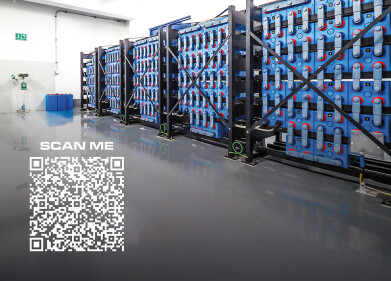Gas Detection
Should I use an O2 gas detector to monitor for CO2?
Aug 08 2023
One question we get asked a lot is why can’t I fit an O2 detector to monitor for CO2 as CO2 is an asphyxiant. This article aims to answer this question, along with the toxic hazards of CO2 and our solutions.
CO2 and Normal Air
The atmospheres Oxygen level will be depleting either because another gas is leaking into the area, causing displacement of oxygen or the oxygen is being consumed by a fire.
The first depletion alarm at 19.5% represents a drop in Oxygen level of 1.4% by volume or 14,000ppm.
As for CO2, it is present constantly in the atmosphere at around 450ppm, the first alarm is 0.5% (5000ppm) (TWA) and the second alarm is 1.5% (15,000ppm) (STEL)
At first glance it seems that it would be feasible to set a 0.5% depletion alarm on an O2 detector to monitor for CO2. However, this would be dangerous, misguided and potentially fatal. In the event of a CO2 leak, most of the gas displaced in your application will be Nitrogen as this makes up most of the atmosphere. A much smaller percentage of the Oxygen is displaced. The increase in CO2 is therefore not matched by a correlating decrease in Oxygen levels, preventing an alarm from sounding.
Toxic Effects of Carbon Dioxide
Because CO2 is a natural part of our breathing process, it is often not considered as an asphyxiating or toxic gas. However, this can quickly become dangerous in the right conditions.
We breathe background levels of CO2 in the range of 400 to 1200ppm, and this can increase quickly particularly in enclosed spaces. Our body processes this CO2 by what’s known as a metabolic function, balancing the pH levels in our bloodstream, and ensuring our blood is kept at a neutral level. Too much CO2 can throw off this balance, making your blood too acidic and leaving long term damage to your organs if left unchecked.
The Legal requirements of CO2 detecting
A document produced by the UK HSE titled: Assessment of the Major Hazard Potential of Carbon Dioxide provides more detail on CO2 as a toxic gas.
IGD’s CO2 Detectors
At IGD, we have been manufacturing gas detection for over a century and CO2 detectors even before the Second World War, always being at the forefront of gas detection technology. We have multiple options for CO2, from networked monitors in the form of our 750 addressable series which provide enhanced capability while reducing your overall costs. The 750 series also provides continuous 24/7 monitoring of the area and can activate ventilation and automatic shut of a process if a leak is detected.
If you are transporting CO2 gas bottles, working with dry ice or in the beverage industry, then the portable iGAS CO2 detector is the ideal solution. Featuring a leading 14 day run time on a single charge, USB re-chargeable and IP68 for durability. Available to purchase online today from our online store.
Digital Edition
AET 28.4 Oct/Nov 2024
November 2024
Gas Detection - Go from lagging to leading: why investment in gas detection makes sense Air Monitoring - Swirl and vortex meters will aid green hydrogen production - Beyond the Stack: Emi...
View all digital editions
Events
Nov 27 2024 Istanbul, Turkey
H2O Accadueo International Water Exhibition
Nov 27 2024 Bari, Italy
Biogas Convention & Trade Fair 2024
Nov 27 2024 Hanover, Germany
Dec 02 2024 London, UK
Dec 03 2024 Dusseldorf, Germany













.jpg)








